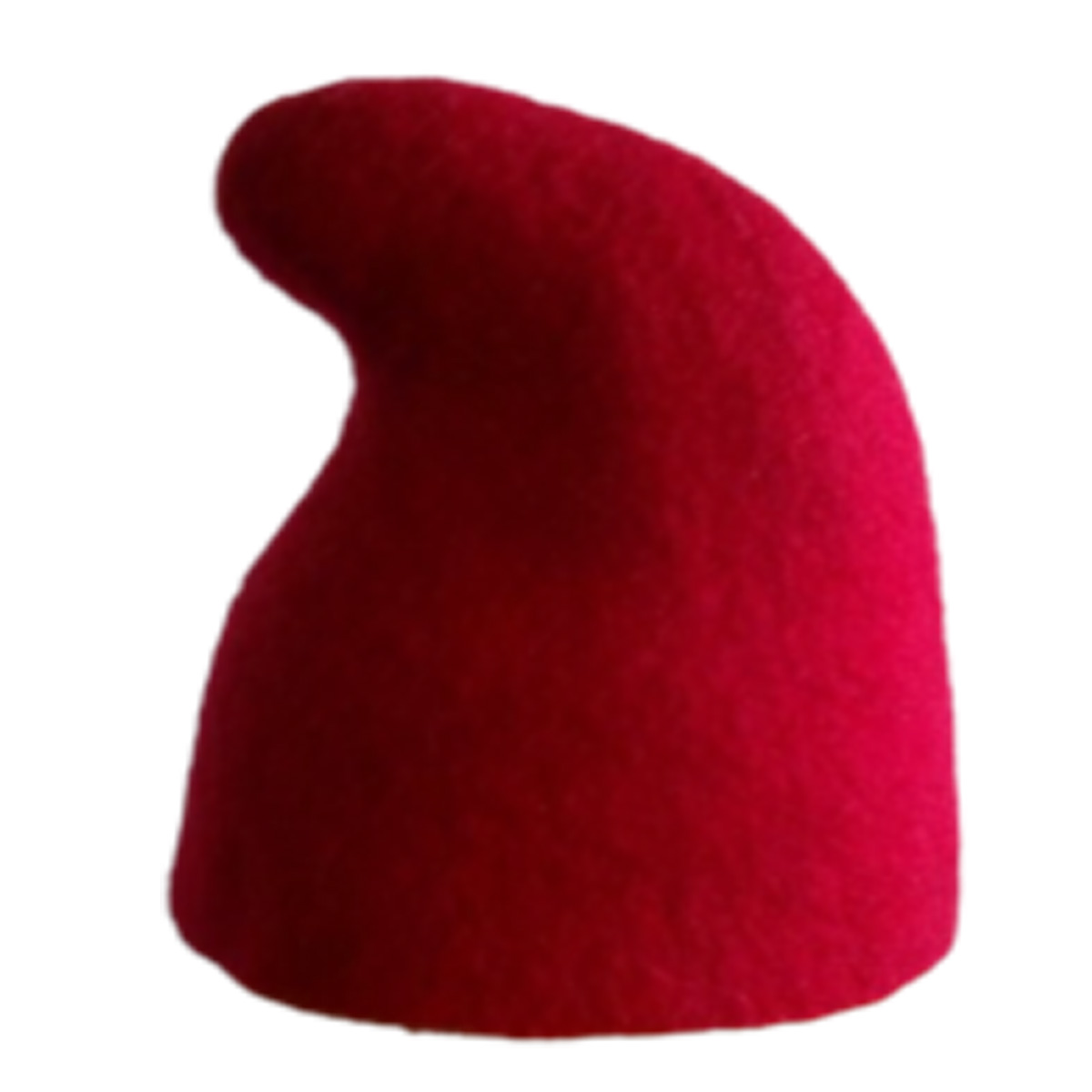There were two early origins to the liberty cap: one Roman; and, the other from ancient Greece, or out of Turkey. Either round or peaked, but mostly the latter, the Roman version was made of a kind of felt and known as the pileus cap. It symbolized freedom from slavery, while also acting as a reminder of one’s former status. [1] The image of such a cap was even used on a coin by Brutus following the assassination of Julius Caesar.[2]
Another
version, known as the Phrygian cap, has its roots in historical Greece and Asia
Minor. It can be identified by its peak,
which is tipped over (pictured above).
Instead of acting as a symbol of freedom, it was originally used to
identify “strangers” to the land, notably captives.[3]
The liberty
cap in its various forms was prevalent during much of the American Revolution as a symbol of
rebellion, but this dissipated over the nineteenth century as its portrayal of
“liberty” ran counter to the compromising business of slavery in the South.[4]
By the time
of the French Revolution, the image of the bent Phrygian cap merged with the tradition
of freedom associated with the pileus
cap to become a definitive, pervasive and lasting symbol of Gallic political
fervor.[5]
It is
interesting to note that the experience of the liberty cap in America did not
recover following emancipation from slavery, but seems only to have been revived recently by
Donald Trump’s political base – one not entirely sensitive to the historical
errors of the U.S.A.
[1] Yvonne Korshak, “The Liberty Cap as a Revolutionary Symbol in America and France,” Smithsonian Studies in American Art, Vol. 1, No. 2 (Autumn 1987), p. 53. See also Annelein de Dijn, Freedom: An Unruly History (Cambridge, Mass: Harvard University Press, 2020), p. 2 ff.
[2] Korshak, “The Liberty Cap as a Revolutionary Symbol in America and France,” p. 53.
[3] Ibid., pp. 59,60.
[4] Ibid., p.
57.
[5] Ibid., p.
64.

No comments:
Post a Comment